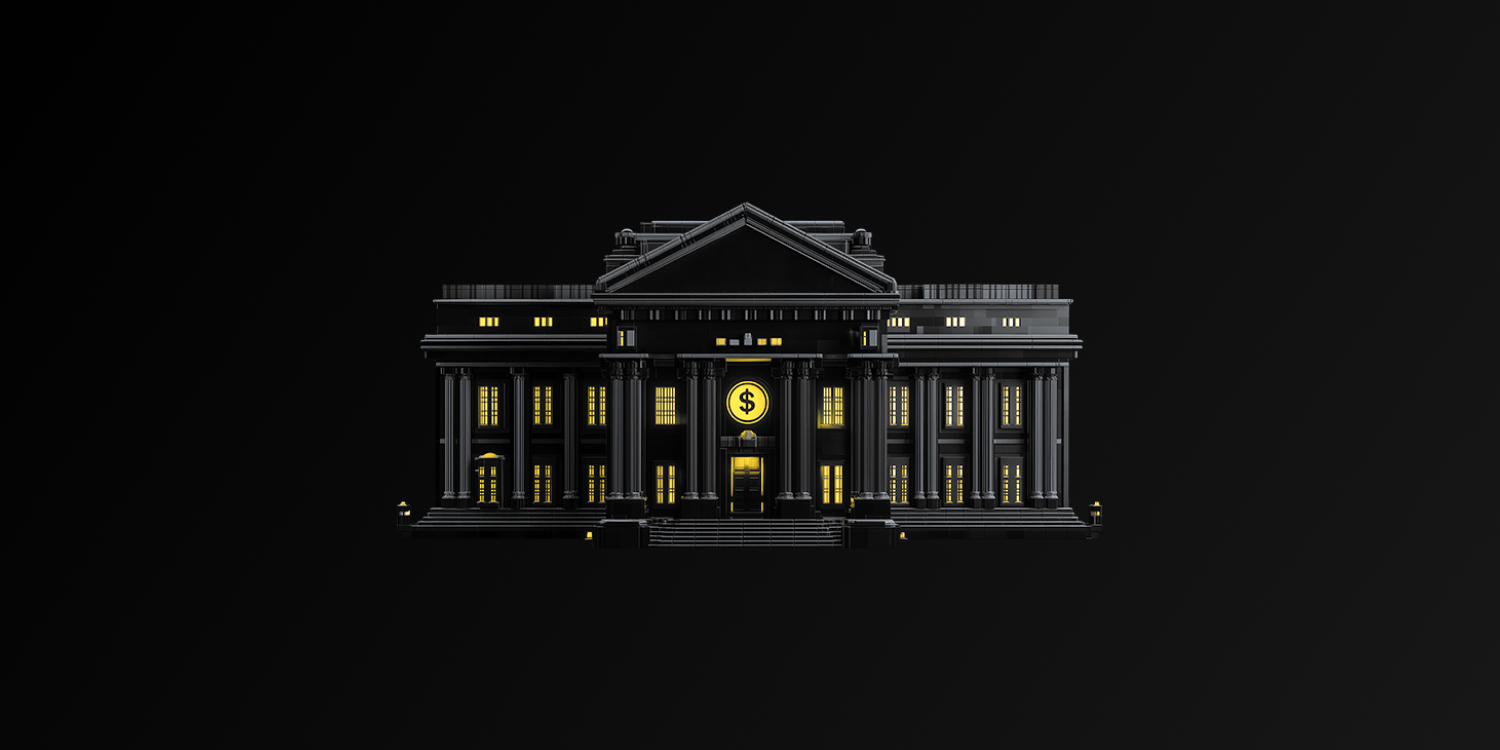Introduction
Legal framework proposals prepared by regulatory agencies for cryptocurrencies continue to be submitted to the US Senate for approval. The country is entering a historic phase in terms of financial innovation and regulatory clarity. In the process of recognizing and regulating digital assets, the US approved the GENIUS crypto bill, considered the first comprehensive framework. Following the approval, the Bitcoin Act and Strategic Bitcoin Reserve plans were announced. Along with the announced plans, the Bitcoin ACT and Strategic Bitcoin Reserve were published. The Clarity Act was introduced to reshape the approach to DeFi projects by providing a comprehensive regulatory structure for the digital asset ecosystem. Subsequently, instructions were given to establish the American Digital Asset Reserve. In a country like the US, which is at the center of global finance, the lack of a legal framework or the existence of gray areas created uncertainty for both investors and developers. The new bills prepared in this area have strengthened the climate of confidence in the market by reducing this uncertainty. In light of all these developments, Decentralized Finance Regulations, one of the most notable aspects of the bill, carry particular importance for the markets. This bill could be a potential turning point, especially for crypto investors seeking regulatory clarity.
U.S. Senate Cryptocurrency Regulation Negotiations
First, CLARITY (Clearance of the Digital Asset Market Act) was passed in the House of Representatives by a vote of 294 to 134. For the bill to become law, it must pass the Senate and then be signed by President Donald Trump. The GENIUS bill, meanwhile, became the first comprehensive crypto regulation package to pass the Senate last month. The bill’s main goal was to ensure the integration of digital assets into economic growth and guarantee that the US does not fall behind in the global innovation race. In the final stage, the bill was submitted to President Donald Trump for approval and was signed into law by Trump. Some policy proposals on the agenda in the US (e.g., the Bitcoin Act) have opened up the debate on integrating traditional reserves into digital currency systems. In this context, digital gold projects have introduced a new approach to reserve management, maintaining their link to physical gold while offering the accessibility and transparency advantages of digital financial instruments. On September 3, the World Gold Council (WGC) announced that it was working on a new “digital gold” format that could transform London’s approximately $900 billion gold market. Immediately following the WGC’s announcement, a different but parallel development took place in the US. Bill HR 5166, introduced in Congress, imposed an obligation on the Treasury Department to create a “strategic reserve storage and management plan” for Bitcoin held by the federal government. This bill was seen as the first concrete step toward incorporating Bitcoin into the US national reserve strategy. The most controversial vote, however, was on the Anti-Surveillance State Act (a bill opposing CBDCs). This bill was first introduced in the U.S. House of Representatives by Representative Tom Emmer and received strong support from the Republican Party. It prohibited the U.S. Federal Reserve (Fed) from issuing a central bank digital currency (CBDC). The main motivation behind the bill is the fear that CBDCs would give the government unlimited surveillance and control over individual financial transactions. This bill demonstrates that a large portion of policymakers in the US associate CBDCs with authoritarian surveillance tools such as China’s digital yuan. The passage of the bill would largely eliminate the possibility of the U.S. issuing a retail CBDC in the near future. More controversial than CLARITY and GENIUS, this bill passed the House of Representatives by a narrow margin (219 to 210). Although the process for the final legal validity of all these developments is not yet complete, noticeable increases in digital assets have been recorded. Immediately after these bill processes, Bitcoin rose to the $126,000 range, while Ethereum surpassed $4,800. Subsequently, the first investment products based on spot stock tokenization were launched in the United States.
Decentralized Finance Regulation Draft Bill
On October 9, following the Democrats’ announcement of a “new decentralized finance proposal” titled “Preventing Illegal Finance and Regulatory Arbitrage Through DeFi Platforms,” bipartisan negotiations in the Senate on market structure legislation stalled. The draft proposal stated that it would classify those who design, implement, operate, or profit from a DeFi front-end as “digital asset intermediaries” subject to potential SEC obligations. The proposal would also grant the Treasury the authority to determine whether a protocol is sufficiently decentralized. Some industry leaders stated that the proposal would effectively ban decentralized finance, wallet development, and other applications in the United States. The Draft Decentralized Finance Regulation states that individuals who design, develop, operate, or derive income from the user interface of DeFi protocols would be considered “digital asset intermediaries.” The final version of the bill could be a significant turning point that shapes the US’s position in the global crypto asset market. If successful, this regulation, which could serve as a model for other countries, could make significant contributions to the digital transformation of the financial system. However, maintaining the delicate balance between innovation and regulation is critical to the effectiveness of the legislation.
Conclusion and Assessment
Senate Republicans who support crypto are rushing to pass a market structure bill before the end of this year, but they are struggling to secure the bipartisan support needed to pass the law. Negotiations have reached a major impasse as Republicans pressure Democrats to agree on a committee vote in the coming weeks and object to the amendments they have introduced. This disagreement is the latest chapter in the ongoing uncertainty surrounding how digital assets will be regulated.
Under this bill, R&D funds for blockchain startups will be created, and government incentives for blockchain adoption in strategic sectors will be introduced. It aims to make the US not only a regulator but also a producer and leader in technology. The proposals demonstrate a balanced approach that aims to protect investors while supporting financial innovation. However, uncertainties remain regarding how certain details will be implemented. In particular, the approach to Decentralized Finance projects and its impact on small-scale ventures must be closely monitored.
Disclaimer
The information provided in this article is for general informational and educational purposes only and does not constitute legal, financial, or investment advice. Regulatory developments, legislative processes, and digital asset frameworks can change rapidly, and interpretations may vary depending on jurisdiction or future policy updates. Readers should not rely solely on the content presented here when making decisions related to cryptocurrency investments, compliance, or regulatory matters.
You are strongly encouraged to consult qualified legal, financial, or tax professionals before taking any action based on this material. While every effort has been made to ensure accuracy and clarity, no guarantees are made regarding the completeness or timeliness of the information. The authors and publishers assume no responsibility for any losses, decisions, or actions taken in reliance upon the content of this article. Use of this information is entirely at your own risk.





